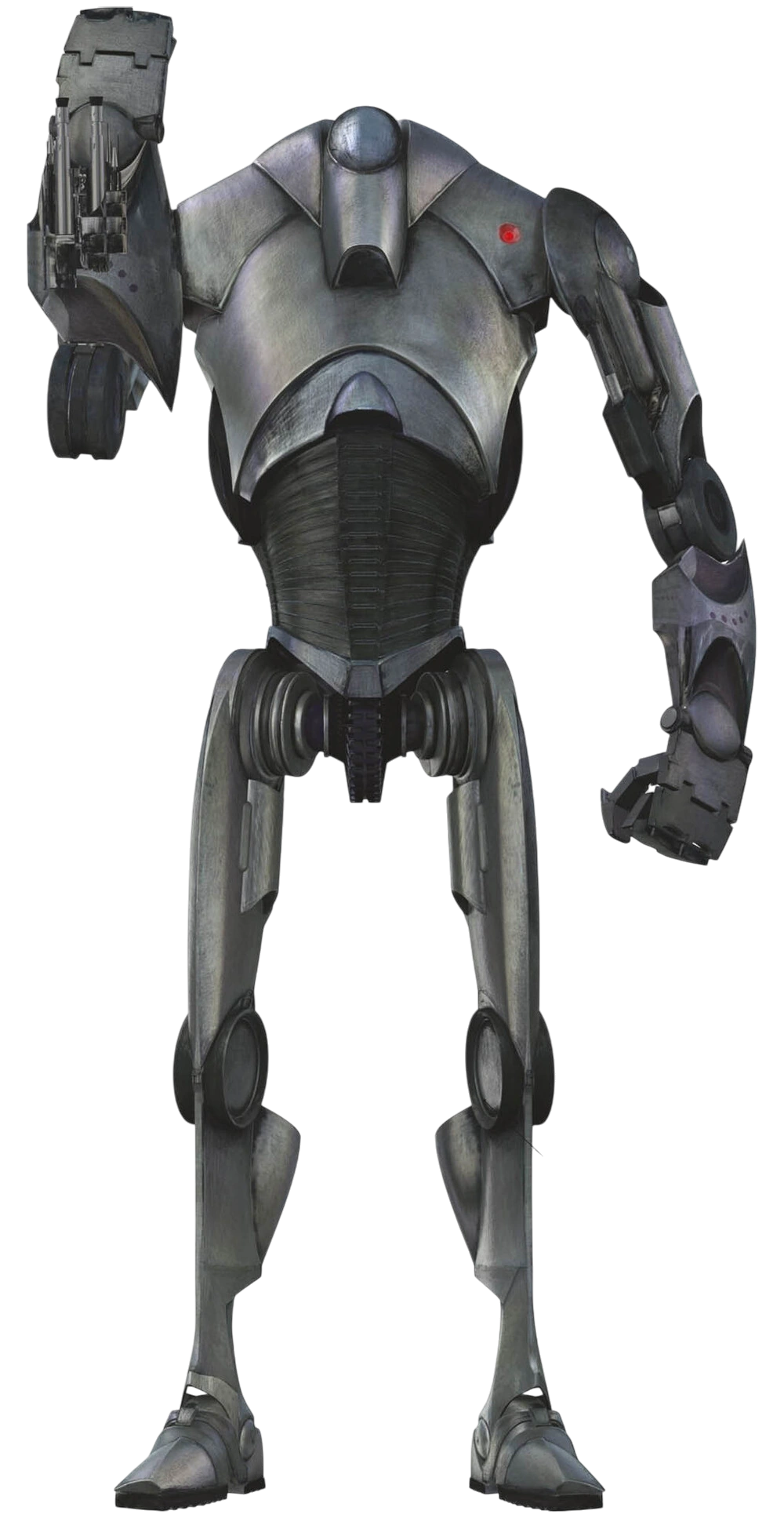This is the 19th post in my series of vintage generation ship short fiction reviews. I am not entirely sure Fred Saberhagen’s vision exactly fits the definition of a generation ship but it’s so fascinating that I had to share it with you all!
As a reminder for anyone stopping by, all of the stories I’ll review in the series are available online via the link below in the review. And, if you want to work through the reviews from the series from the beginning, here’s my first post from 2019 on Chad Oliver’s “The Wind Blows Free” (1957).
You are welcome to read and discuss along with me as I explore humanity’s visions of generational voyage. And thanks go out to all who have joined already. I also have compiled an extensive index of generation ship SF if you wish to track down my earlier reviews on the topic and any that you might want to read on your own.
Previously: Barrington J. Bayley’s “Exit from City 5” (1971).
Next Up: TBD
-
Stephen Fabian’s cover for the March 1976 issue of Galaxy
4.25/5 (Very Good)
Fred Saberhagen’s “Birthdays” first appeared in the March 1976 issue of Galaxy. You can read it online here.
Two Experiences of Time in Parallel
Bart, fourteen years old, awakes alone on a colony ship. The nature of the Ship isn’t entirely clear as Bart’s memories have been carefully edited. He walks down the hall and emerges in the Ship’s nursery, filled with twenty four squalling children, replete with robotic assistants and projected images of maternal figures. His task? Serve as the sole human parent: “One human parent, adoptive or real, is necessary to the successful maturation of children; images and machines are psychologically inadequate for optimum results” (86). The catch? The Ship will only revive Bart from cold sleep one day a year.
Two experiences of time emerge within the story. Told from Bart’s perspective, the story traces his evolution of thought over the course of a few months. Simultaneously, he observes the children grow old while he ages but a day a year. Bart tells himself that “the ship would provide explanations and instructions as they became necessary” (88). The Ships suggests that his past “contains tragic and violent things” and that he “must work for the future and achieve a successful revised mission” (89). the Ship won’t explain the mission. The children, as they age, are far more restless and inquisitive.
Each time Bart awakes, he notices small changes in the society the children form. At moments they engage in often violent games, a year later they’ve elected a president (at moments the president contains no term limits suggesting dictatorship) or started a hydroponics garden. Periods of religious furor hit. Bart notices or hears about the premature, and rampant, physical deterioration–varicose veins, cancers, missing teeth, viscose veins–they’re experiencing. Though the fragments they’ve been able to reconstruct from the memory banks and their own observations, Galina suggest the Ship revived suboptimal genetic material. Perhaps the Ship is saving the optimal material for the final generation, the generation that might step out on a new planet. Some of the now adults attempt to break into new parts of the ship cut off from them. Others try to rescue Bart from his forced sleep.
As the numbers dwindle, Kichiro confides that Bart is all that “we old people have to life for. You and the hope that you represent, that one day there will be more people on the Ship, who will get out from under the yoke of the machines, something we’ve never been able to manage” (117). Bart, almost fifteen, can only nod. And when he awakes the next year, a new path awaits. Or does it?
Final Thoughts
I featured the only other Saberhagen work I’ve read, “The Long Way Home” (1961), earlier in this series. My muted response to his early tale mentioned that it contained the “pieces of a riveting story: isolated prospectors, mysterious ‘Big Dumb Object,’ and a fascinating mystery with profound implications for everyone involved.” However, I found his prose “functional at best” and “fails to convey the immensity, futility, and horror of it all.”
“Birthdays” improves on all points. It’s well-told and contains an effective structure, with a restrictive perspective, used to highlight the profound presence of time that fills ever generation ship story. It’s hard not to feel for Bart, programmed to trust the ship, and his lack of information needed to understand his place in the world. Each of the brief days with the only people he remembers, as they grow from children to adults and decay and die over a few months, tonally shift from happiness to unease to violence and end-of-life introspection and despair. Bart, caught up in the Ship’s programming, can only walk down the hall that opens for him. At least, the next time, there might be light at the end of the tunnel. Or another tragedy. And more memory edits.
Before I sign off, I will address the elephant in the room: is Bart on a generation ship? There are generations. But the generations do not produce the next generation, instead the Ship activates stored genetic material. But, there’s also chance that earlier in the voyage, Bart sees locked sections of the ship that might be living quarters for far more people, that the generations were naturally replacing each other before an accident caused the Ship’s revised plan. From what Saberhagen reveals through Bart’s limited perspective, there is not a definitive answer. This is a fantastic twist on the formula.
Recommended.
-

Freff’s interior art for the March 1976 issue of Galaxy
-

Tom Kidd’s cover for the 1981 1st edition
-

Freff’s interior art for the March 1976 issue of Galaxy
For book reviews consult the INDEX
For cover art posts consult the INDEX
For TV and film reviews consult the INDEX







